Having a good CPU cooler is a must, especially if you want to build a beefy PC setup. You will find many kinds and sizes of coolers in the market, but not all will fit well within your device and budget.
Your CPU cooler compatibility depends a lot on your motherboard, CPU, and case. It also relies on the placement of other hardware components. So before you decide which cooler you wish to buy, you need to check if it is compatible with all these components.
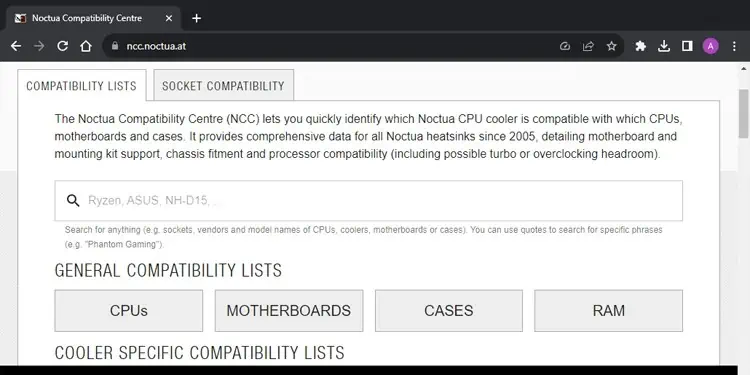
In this article, I will only be talking about standardair and AIO liquid coolers. The custom loop is a whole different story, as you’re able to usually personalize their design in any way you want.
Check the Compatibility List Online
Manycooler manufacturershost acompatibility-checking platformon their official website. With it, you can check the compatibility of their products with different motherboards. Some manufacturers also host similar lists for your CPUs, RAMs, and Cases.
You can search for such platforms and go through the options/list to find all the coolers that are compatible with your setup.
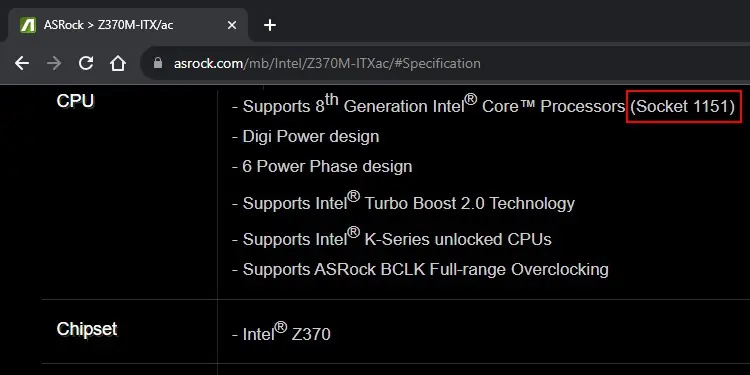
Similarly, you will find manyother online sourceslike forums, videos, third-party platforms, and so on, whichhelp in PC building. You can also search for and check out those sources to look out for compatible CPU coolers.
Manually Check for Compatibility
All hardware products come with unique specifications, which also include compatibility information so that the users can know what other components to get.
You will be able to find the compatible cooler by comparing its specifications with those of your PC components. Themotherboard, CPU, and case matter for both AIO and air coolers. However, mostAIO coolers should be compatible with all types of RAMsor other internal components on your PC.
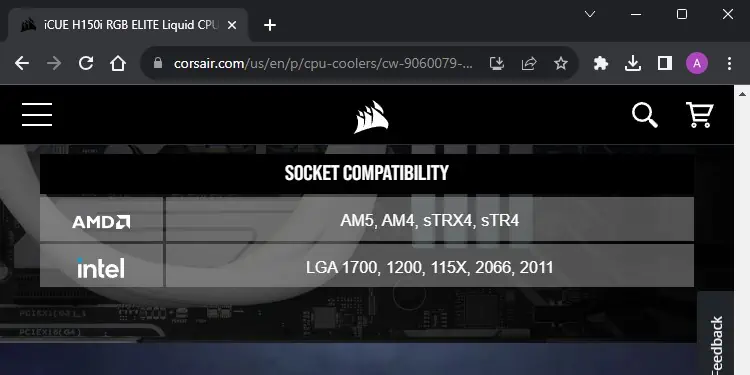
Motherboard’s CPU Socket Type/Size
The processor socket size that your motherboard supports is one of the most important parameters you need to look out for while checking the CPU cooler’s compatibility.
Intel and AMD processors use different socket size metrics. It may not matter for most modern coolers as they come with support for both types of processors. However,some coolers only target one type of CPU, so you have to be careful while choosing it.
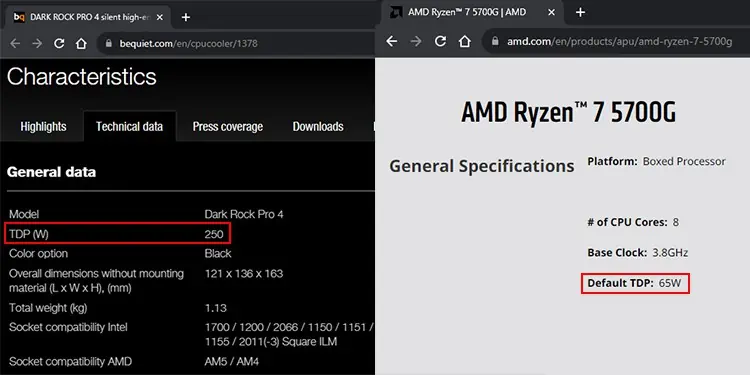
Also, the socket sizes vary a lot between individual processors. you’re able to’t fit a cooler that targets a larger socket size on a much smaller size CPU socket.
CPU TDP Rating
You also need to ensure that the cooler provides enough cooling capacity to support yourCPU’s Thermal Design Power (TDP). While most coolers nowadays should be suitable for standard CPUs, higher-end CPUs need coolers with high cooling TDP.
For instance, AMD Ryzen 9 7950X has a TDP of 170W. So a CPU cooler with a cooling capacity TDP of 120W will not be enough tomaintain its temperature.
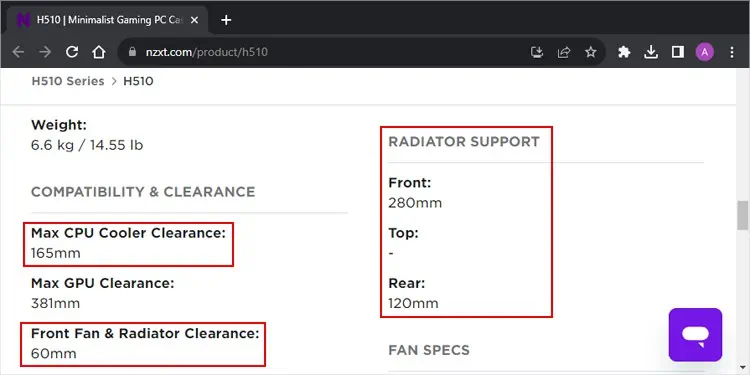
So, you need tocheck your CPU specificationsfor this information and select the cooler accordingly.
Clearance for Case
You must also check the clearance on the case for the cooler. Use case varies depending on whether you want to use an air cooler or an AIO liquid one.
Air Coolers
Since you will be installing a CPU air cooler inside your PC case, it naturally needs to fit inside the case. Coolers, especially air coolers, come with different dimensions, so one that is suitable for a Full Tower ATX case may not be suitable for Mini-ITX cases.
AIO Coolers
If you areinstalling an AIO cooler, you need to ensure that you canplace its radiator in the position or slot you want.
Clearance for RAM
Apart from the case itself, the CPU cooler also must not obstruct the RAM. However, you only need to check for RAM clearance for air coolers. AIO pumps usually take up smaller space and don’t block the RAM slots.
You have to consider many things, such as the RAM’s height, the cooler’s dimensions,the number of RAMsand RAM slots, etc.
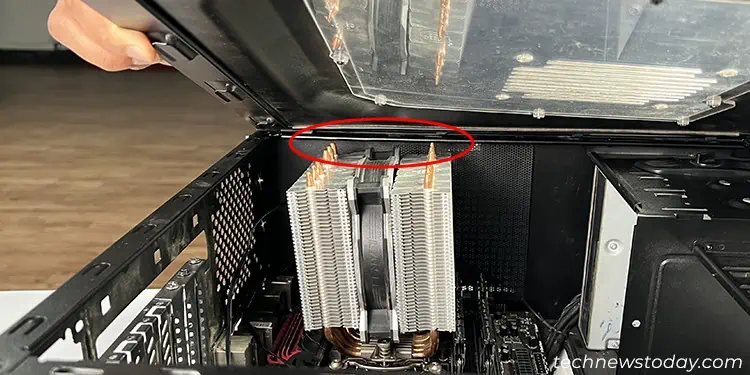
you’re able to find all the necessary height and clearance information from the RAM and the CPU cooler’s specifications. Select one component depending upon other.
Motherboard Layout
Apart from the RAM, the CPU coolers must not obstruct some other PC components that remain close to the CPU. These devices include thechipset heatsink, graphics card, VRM, I/O ports, and M.2 SSD.
You need to check your motherboard layout and compare it with the cooler’s dimensions to avoid such obstruction.


